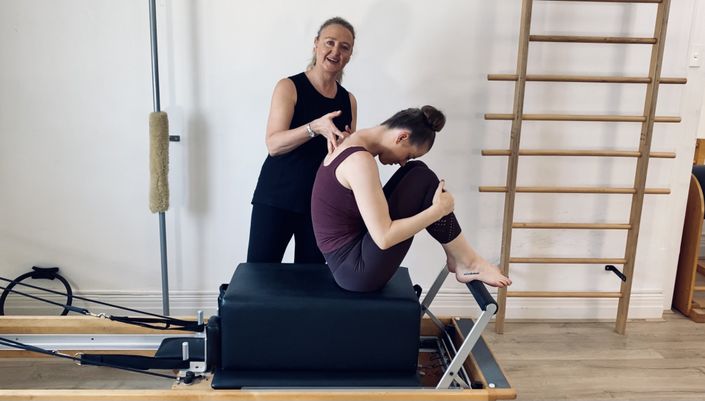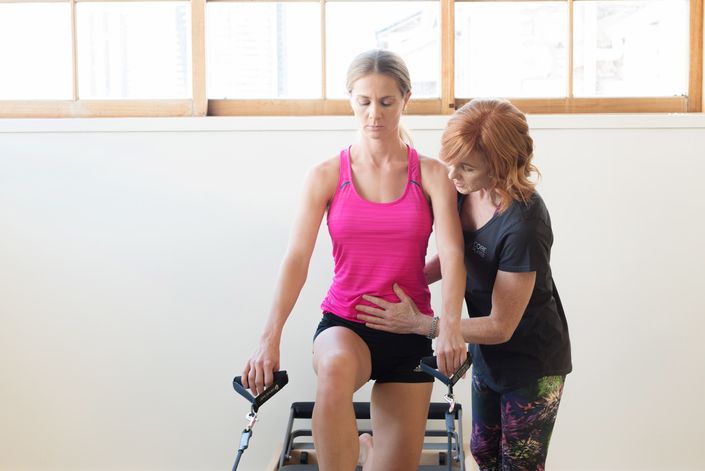As Pilates instructors, we are often confronted with hyper-mobile clients; as hyper-mobile people often intuitively gravitate towards Pilates. The most common complaint of people with hyper-mobility/hyper-mobile joints is pain. Pain commonly affects the knees, spine, shoulders, pelvis and feet but any joint can be affected.
Hyper-mobile people tend to rest at the end range of the joints or lock into the end range of the joint to provide stability. This combined with poor postural habits, dysfunctional movement patterns and poor proprioception leads to stress and strain in the supporting structures around the joints. This in turn causes further pain and fatigue. This pain further inhibits the use of the stabilising muscles of the joints which leads to further loss of control of the joint, causing more dysfunction and pain.
Hyper-mobile joints are not, however, always a liability and are an asset in the fields of dance, music and sport. This workshop will convey some basic assessment and diagnostic tools in order to identify those people whose joints have increased in flexibility through repetitive stretching and training vs someone who has the full Joint Hyper-mobility Syndrome.
Finally, the workshop will provide protocols and examples for exercises, particularly relating to the Pilates Method




